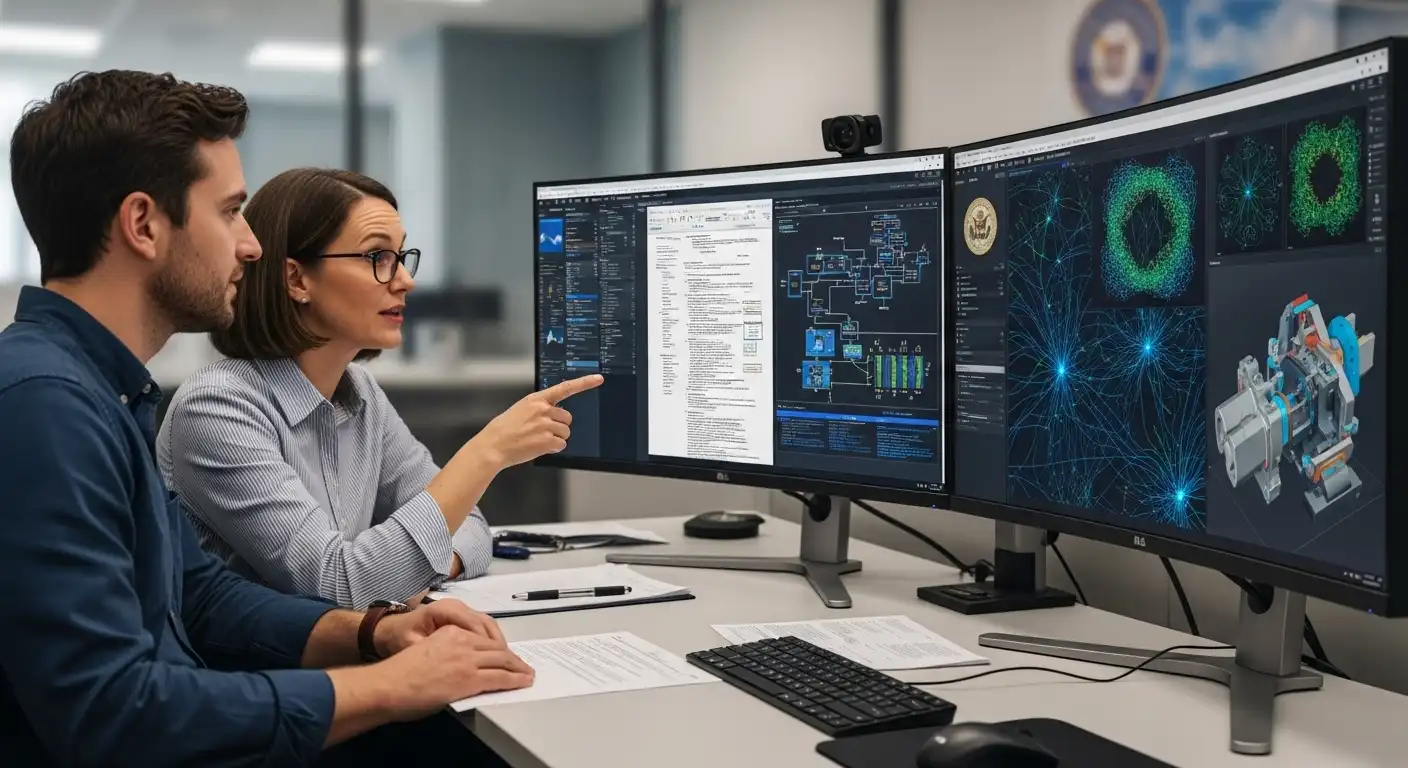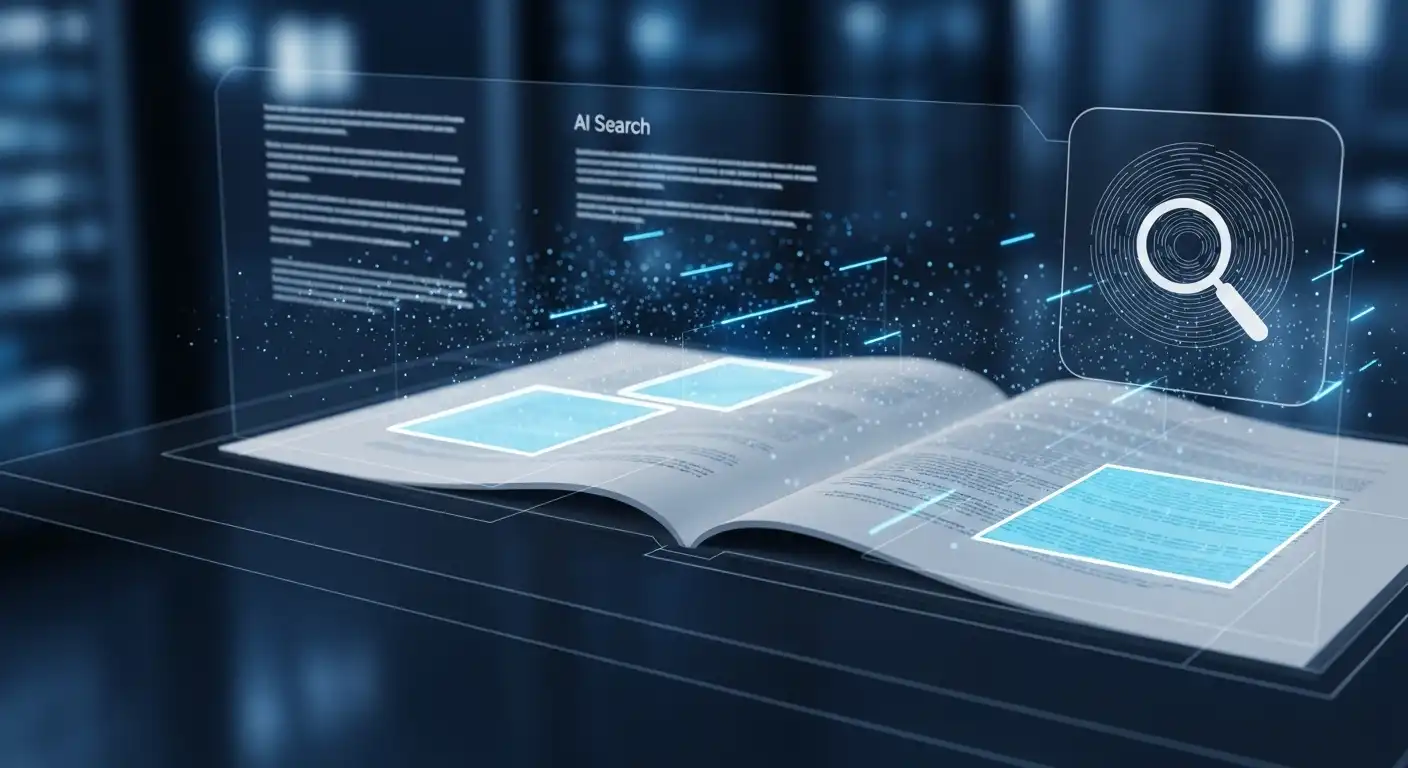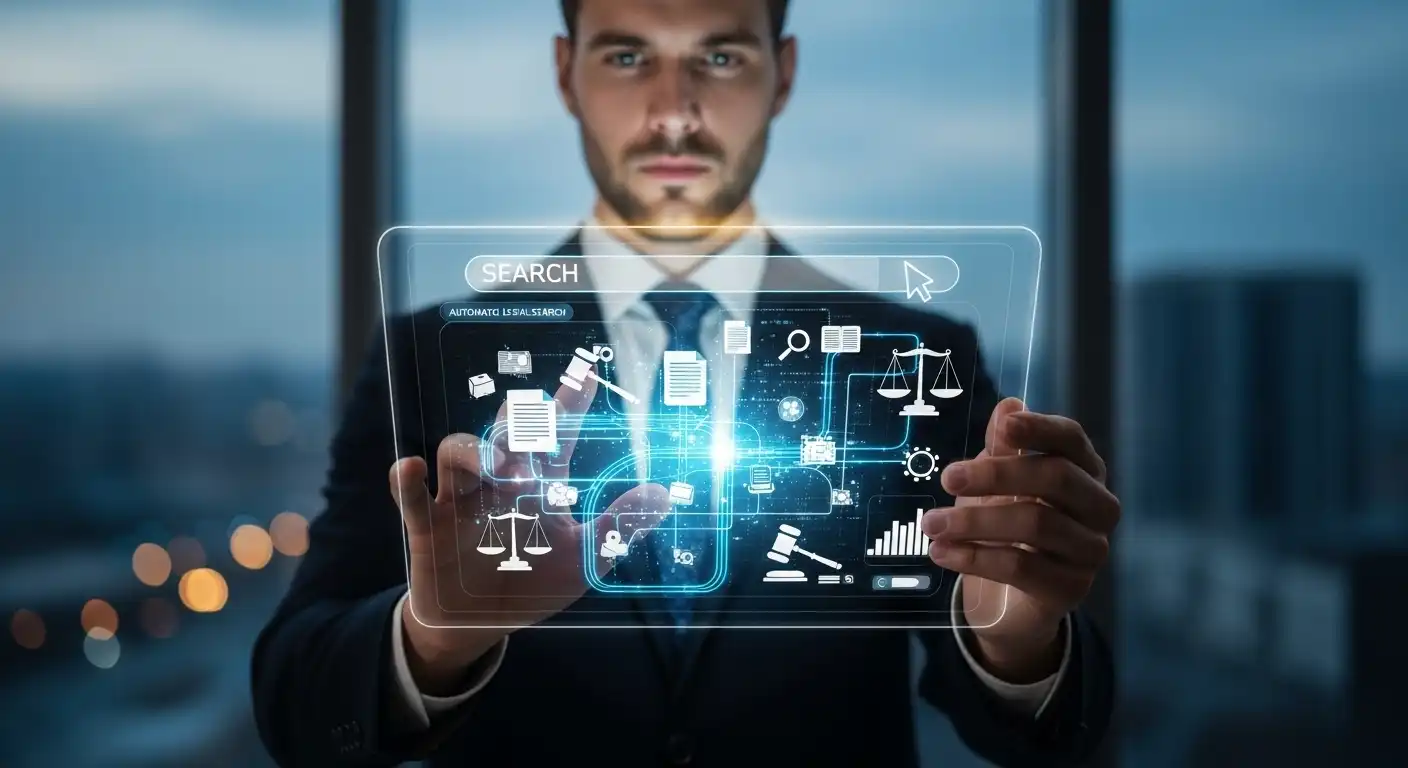In a landmark move for innovation and patent law, the U.S. Patent and Trademark Office (USPTO) has launched the Automated Search Pilot Program, a six-month initiative to test artificial intelligence (AI) in identifying prior art for new patent applications. This pilot, announced in October 2025, aims to enhance search accuracy, improve examination efficiency, and prepare the USPTO for a future where AI-assisted analysis becomes standard.
1. Overview of the USPTO AI Search Pilot
The Automated Search Pilot Program is part of the USPTO’s broader modernization plan to integrate AI into examination workflows. It is the first large-scale test of AI-generated prior art reports provided to patent applicants before an examiner conducts a traditional review. By introducing this early insight, the USPTO seeks to shorten prosecution times, reduce backlogs, and promote higher-quality patents.
Under the program, participating applicants will receive an Automated Search Results Notice (ASRN), summarizing AI-identified documents—such as prior patents and published applications—potentially relevant to the applicant’s invention. The notice is not legally binding but is intended to guide applicants in refining claims before substantive examination begins.
2. Eligibility and Participation
The pilot applies exclusively to original, noncontinuing, nonprovisional utility patent applications filed under 35 U.S.C. 111(a). Applicants must:
- File electronically using the USPTO’s Patent Center in DOCX format.
- Submit a petition to participate using Form PTO/SB/470 on the filing date.
- Pay the required petition fee.
Each USPTO Technology Center will accept approximately 200 applications, capping the total at around 1,600 participants. The pilot will run from October 20, 2025, through April 20, 2026, unless extended or ended earlier.

3. How the AI Search Process Works
The AI search system uses natural language processing and machine learning models trained on millions of patent documents and publications. The algorithm analyzes the text of the claims, abstract, and specification to identify prior art that most closely aligns with the invention’s subject matter.
The output—contained in the ASRN—lists up to ten references ranked by relevance. These references can include:
- Issued U.S. patents
- Published U.S. patent applications
- Foreign patent documents
- Non-patent literature (where available)
Unlike standard examiner searches, the ASRN is automated, consistent, and reproducible. However, it does not replace human examination. Examiners will still conduct independent searches later in the process to verify accuracy and ensure fairness.
4. Potential Benefits for Applicants
4.1 Early Visibility Into Risk
Receiving AI-generated search results shortly after filing allows applicants to assess potential weaknesses early. If the AI identifies close prior art, inventors can modify or narrow claims proactively, avoiding costly rejections later.
4.2 Reduced Prosecution Time and Cost
Early insights may reduce back-and-forth exchanges between examiners and applicants. With fewer Office actions, total prosecution time and attorney fees may decrease significantly.
4.3 Improved Patent Quality
Stronger, more defensible patents may result from better-informed drafting and claim strategies. By eliminating overly broad or redundant claims early, applicants can improve the likelihood of enforceable protection.
4.4 Data-Driven Decision Making
For corporate filers managing large portfolios, AI-based prior art insights can support internal analytics. Patterns in ASRN data may help identify crowded technology fields or potential white spaces for innovation.
5. Challenges and Criticisms
While the pilot represents a technological milestone, it is not without challenges. AI systems in legal contexts face scrutiny for transparency, bias, and reliability.
5.1 Accuracy and False Positives
Even advanced AI models can produce “hallucinations” or irrelevant matches. Applicants must critically evaluate flagged documents rather than assume all are valid references.
5.2 Algorithmic Bias
Because AI models are trained primarily on existing patent literature, they may overrepresent well-documented fields (like electronics) and underperform in emerging sectors (such as biotech or quantum computing). Ensuring fairness across technologies is a continuing challenge.
5.3 Confidentiality and Explainability
Applicants may question how the AI reaches its conclusions and whether proprietary data are being used securely. The USPTO has stated that no private or unpublished data will train or influence the model.

6. Strategic Considerations for Practitioners
6.1 Deciding Whether to Participate
Participation may not be suitable for every applicant. Companies with highly competitive or sensitive technologies may prefer traditional review to avoid revealing potential vulnerabilities. However, startups and independent inventors could benefit from faster feedback and reduced uncertainty.
6.2 How to Use the ASRN Effectively
- Compare AI results with internal prior art searches.
- Identify overlapping references and adjust claims before examination.
- Document discrepancies between AI and human search results to strengthen future arguments.
- Monitor how often the same references appear in examiner searches to gauge AI accuracy.
6.3 Preparing for the Future of AI-Assisted Patent Prosecution
Patent professionals should begin integrating AI literacy into their workflow. Understanding how to interpret and challenge AI search outputs will soon become a necessary skill. Firms may also use similar AI tools to improve their own searches, aligning with USPTO methods.
7. Broader Implications for Patent Law
7.1 A Step Toward Modernization
The USPTO’s initiative reflects a broader movement toward digitization and automation in intellectual property offices worldwide. The European Patent Office, Japan Patent Office, and Korean IP Office are already testing AI-assisted search algorithms. The U.S. adoption signals global alignment and potential future harmonization of search standards.
7.2 Balancing Automation and Human Expertise
While AI can process vast datasets rapidly, human judgment remains essential in determining what constitutes true prior art. The success of this pilot depends on the collaboration between machine precision and examiner expertise. Finding the right balance will shape the future of patent examination.
7.3 Policy and Legal Questions
The introduction of AI in prior art search raises several open questions:
- Will reliance on AI-generated references affect future legal interpretations of patentability?
- Could AI errors influence inequitable conduct defenses if applicants amend claims based on incorrect references?
- Should AI-generated prior art be admissible evidence in litigation?
- How transparent must the USPTO be about the algorithms’ decision-making process?
The 2025 pilot is more than an isolated test—it’s a signal that the patent system is entering a new era. Future iterations could include:
- AI-assisted claim drafting tools for applicants.
- Predictive analytics that forecast rejection likelihood.
- Cross-database search combining patents, academic papers, and preprints.
- Real-time feedback on claim clarity, novelty, and inventive step.
Legal professionals and innovators alike should begin adapting now. Firms that embrace AI tools early will gain competitive advantages in both speed and quality of intellectual property protection.
9. Global Perspective and Collaboration
The World Intellectual Property Organization (WIPO) is monitoring these developments closely as part of its ongoing study on AI and IP policy. If the USPTO pilot demonstrates measurable improvements, similar frameworks could become standard across major patent offices. This could lead to unified AI-assisted search protocols, improving international consistency.
10. Conclusion
The USPTO’s Automated Search Pilot marks a transformative step in merging technology and law. By leveraging artificial intelligence to streamline prior art discovery, the USPTO aims to improve transparency, efficiency, and patent quality across industries. While the system is not without challenges—such as algorithmic bias and interpretability—it represents a bold experiment toward modernizing one of the most critical institutions in innovation.
For inventors, attorneys, and corporations, understanding this pilot is essential. It’s not just a glimpse into the future of patent search—it’s the beginning of an era where AI becomes an integral partner in the pursuit of innovation.
For official program details, visit the Federal Register announcement or the USPTO’s official website.

